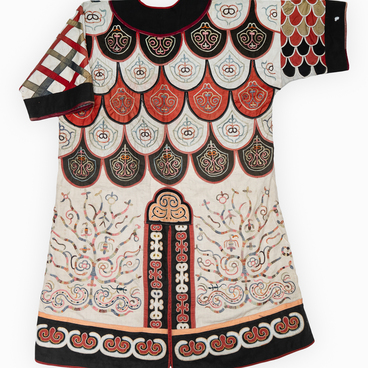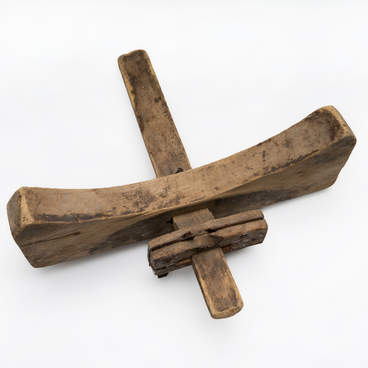The dishes of early humans were made of bark and wood. However, such dishes were inconvenient, it was impossible to cook or store liquids in them. People tried to use all the sorts of materials they had at hand to store food, like seashells, or shells of large nuts. In addition, they made bags from animal skins and hollowed out vessels from stone.
Russian and foreign researchers have established that ancient people in the Far East began using ceramic dishes about 12–16 thousand years ago. In world archaeology, there are several hypotheses about the appearance and spread of ceramics. Some scientists suggest that at first only food for special ceremonies was prepared in such dishes, while others believe that ceramics were used for daily cooking.
It turned out that the oldest ceramics of the Lower Amur region were used specifically for cooking, primarily marine and freshwater fish. Researchers of the peoples of the southern part of the Far East noted that the Nanai, along with the Nivkh and Ulchi, ate mainly products of fishing.
A significant part of their utensils were made of clay. Later, porcelain products appeared, for example, kochi, or koti, — porcelain cups resembling Central Asian bowls. During archaeological excavations, two varieties of bowls were revealed: from the large ones Nanai people ate soup, liquid porridge, and drank tea; they drank alcoholic beverages from the small bowls. Many kochi were ornamented. They also differed in colors.


